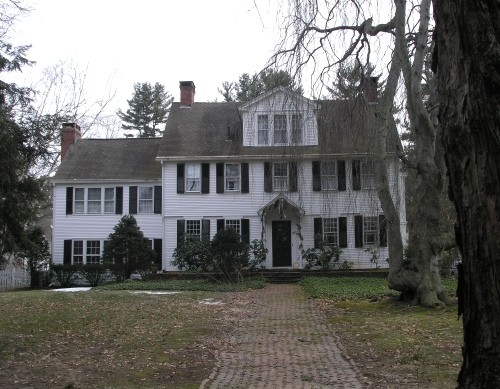Smith-Cowles House
Introduction
Text-to-speech Audio
Images
The Smith-Cowles House was used as an underground railroad safehouse.

Backstory and Context
Text-to-speech Audio
In 1839, 53 kidnapped Mendi Africans rebelled against their Spanish slave-trader captures aboard the Amistad. The surviving Africans would go on to win their freedom in the United States' Supreme Court. While they raised funds to return to present-day Sierra Leone, they found refuge in the town of Farmington, Connecticut. One of the Mendi girls was housed in the Smith-Cowles House.
The Smith family would continue in abolitionist efforts, their home becoming an Underground Railroad safehouse. After his parents' deaths, Samuel Smith Cowles inherited the house, continued his parents' abolitionist efforts, and became editor of the abolitionist newspaper The Charter Oak. Today the house is a private residence and is not open to the public, but is included on the Farmington Freedom Trail.
Sources
Abolitionism, Historic Buildings of Connecticut. Accessed October 15th 2020. http://historicbuildingsct.com/tag/abolitionism/.
Farmington Freedom Trail, Farmington, CT. Accessed October 15th 2020. https://www.farmington-ct.org/home/showdocument?id=3687.
http://historicbuildingsct.com/tag/abolitionism/
